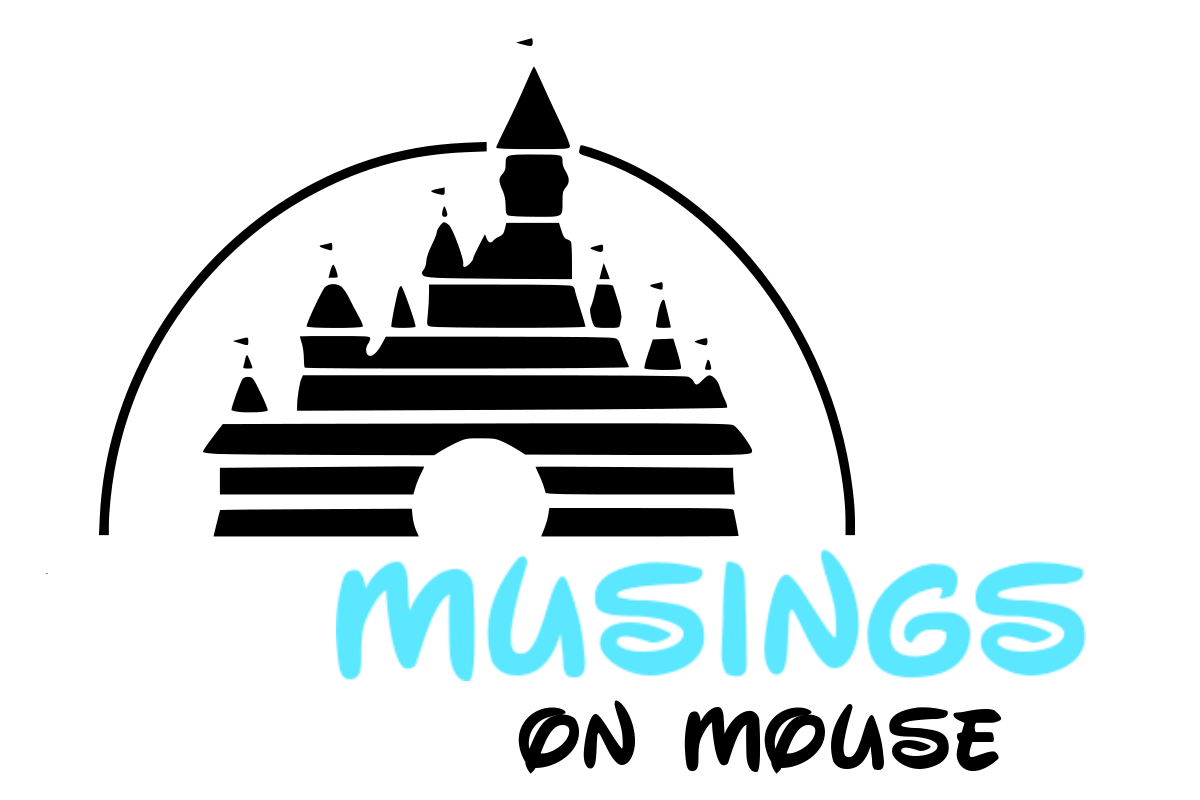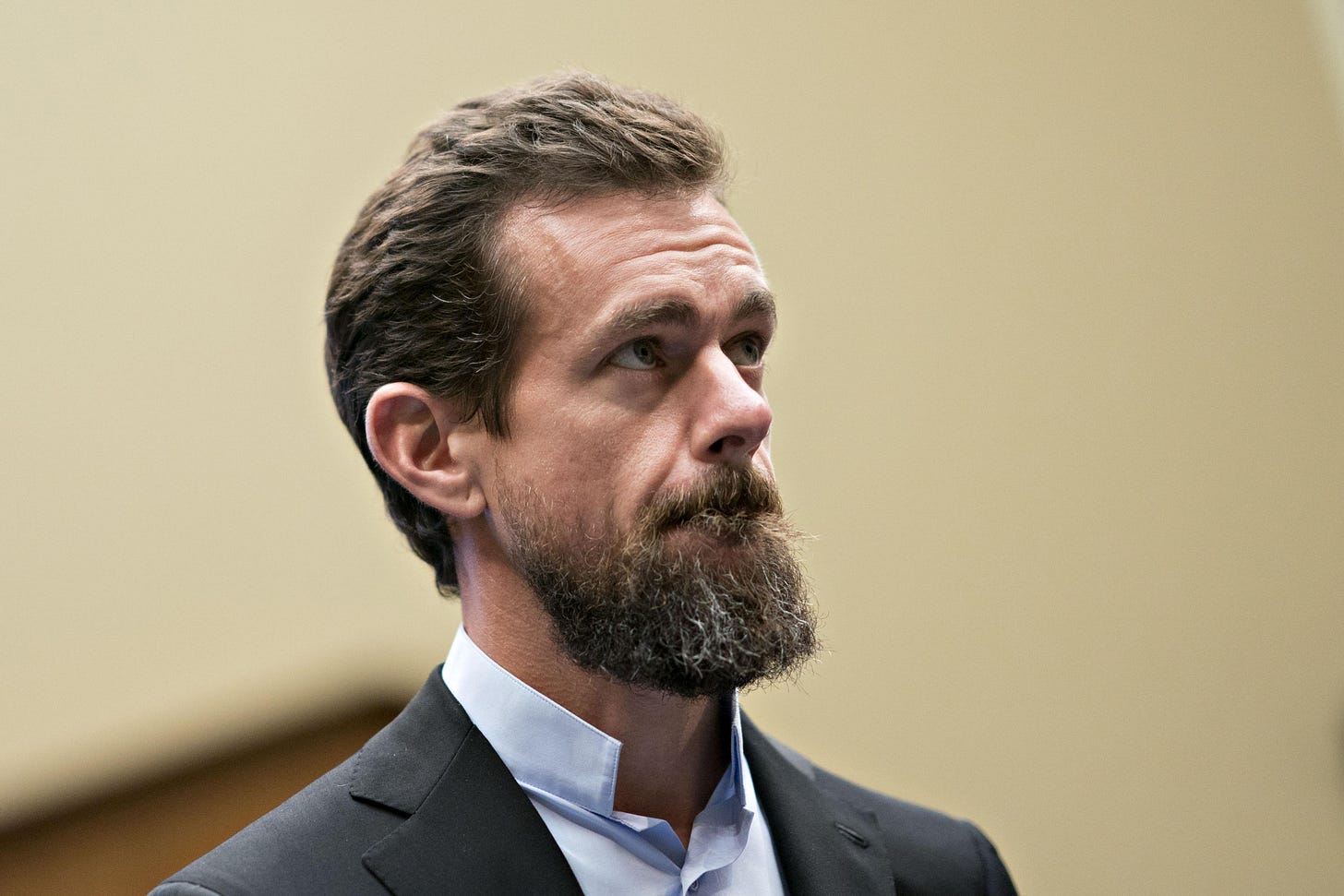A battle to figure out the news for tomorrow starts with Good Morning America
Or, how to make news work when Twitter exists
Two excellent reports published over the last week or so have me thinking about broadcast TV.
Turns out, people aren’t watching three-hour long morning show segments anymore. As NBC News’ Dylan Byers reports, nearly half the viewership among the 25-54 year old demographic has disappeared, as cited by Nielsen. Advertisers just so happen to really, really, really love the 25-54 age bracket. They buy things, they go places, they drink, and eat out. If they’re not watching, it’s a problem for advertisers, which means it’s a problem for the networks.
It gets worse. ABC News effectively does not exist without Good Morning America, as one veteran television news executive producer told Byers. To paint an even bleaker image, Good Morning America “brings in $350 million to $375 million in advertising revenue per year and accounts for most of the network’s broadcast news revenue,” sources told Byers. Oh, and ABC News is currently undergoing executive shake ups in part because leaders may be fleeing a rapidly fossilizing genre.
Ok. That’s one report. The other story that made me think long and hard about morning show programming on broadcast television (something I haven’t done since The Morning Show debuted with Apple TV+’s launch) is from The Hollywood Reporter. After a rather sleepy two years, the broadcasters are about to take on Locast in court. Locast is a “digital app that streams over-the-air television stations,” according to THR’s very good Eriq Gardner. I’ll let Gardner explain it since he does it better than I ever could:
“If a cord-cutter wanted to watch last night's Oscars on ABC and didn't have an ol' rabbit ears antenna handy, this individual could go to Locast.org and sign up to see the local affiliate retransmitted online,” Gardner writes.
On the surface, these two reports don’t have too much in common. One is about a just-kind-of-legal form of piracy, and the other is about dwindling ratings in a genre that is aging out of the target consumer bracket. At the heart of it, however, is an ongoing worry that’s plagued the major broadcasters and their advertising partners for years: how do they get people to switch on their television set and tune into their programming?
It’s not all doom and gloom. Network executives — and their bosses who now effectively oversee the future of news programming while also convincing consumers that 5G is a faster form of wireless connectivity and not a conspiracy theory — have friends who can help. Shows like Grey’s Anatomy and Station 19 help keep advertisers happy. Plus, advertisers like Procter and Gamble, General Motors, and Apple are still spending hundreds of millions of dollars in advertising every year on broadcast television.
But good executives look forward, and everyone’s bets are on streaming. ABC, NBC, and CBS have co-relating streaming services their parent companies are trying to push to consumers, all while convincing Wall Street this pivot will work. Good Morning America clips air on Hulu, as Byers points out. Peacock has an entire NBC News channel. Paramount+ has a dedicated section for CBS News. It’s not a bad idea, it’s just not exactly working from what any analyst can tell. Look, you can lead a horse to water but you can’t make him drink, right?
We can break this approach down even further. While ABC uploads segments and CBS effectively just ports its news offering to Paramount+, NBCUniversal is designing with Peacock’s audience in mind. There’s a channel that acts like a live feed, but there are also special news programs crafted with a streaming audience in mind. Two new shows from Mehdi Hasan and Zerlina Maxwell are the anti-broadcast or anti-cable (MSNBC/Fox/CNN) show. I can’t say for certain how they’re doing because Comcast doesn’t release numbers.
The issue isn’t so much a content or medium one, but delivery. News’ biggest competitor isn’t the other networks, it’s Twitter. Advertising revenue on Twitter crossed a billion dollars for the fourth quarter in February, marking a 30% year over year increase. This comes despite ongoing reports about Twitter being a flaming pile of garbage and harassment (my words, not anyone else’s). Advertisers are still lining up to be on Twitter despite all the negative press and even with monetizable daily active users down slightly in the last quarter.
Twitter is fast. It’s active in real time. Journalists tweet scoops before publishing their own reports or going live on air. It’s interactive. Give it enough time, and commentary or jokes (depending on the subject) flood the app. Twitter, at both its best and its worst, is intoxicating. Then there’s Facebook, which saw more than $84 billion in advertising revenue in 2020 as it reached more than two billion monthly active users. Folks get their news from Facebook, for better or worse. (Mostly worse.) Other competition? Apple and Google, sending push notifications that ensure people don’t need to watch the news to keep up with everything.
Broadcast can’t compete with cable by giving hour long blocks to anchors like Anderson Cooper and Don Lemon who, again, for better or worse, can offer more off-script speeches and hold an audience’s attention every night through personal takes. Broadcast can’t compete with the interactivity and reach of Twitter and Facebook.
Content needs to adapt, but more importantly, so does the product and the way it’s delivered.
There are a few lessons from streaming that we can already apply to situations going forward. Quibi taught us that all the star power and potentially good series don’t mean shit if the product itself is terrible to use and locked behind a paywall without any real incentive. At the same time, Amazon Prime Video taught us that if the entertainment is good and essentially free, people will put up with bad user interface and design issues. Weekly releases work if the show is in-demand enough, and the binge model is apt if there’s plenty of content to keep people’s hunger fed.
What does this mean for news? Instead of trying to integrate a linear format into a digital medium, the product should evolve to allow for the best of digital (interactivity + conversational + flowing) to complement and heighten the strengths of said content. This is not a suggestion to reinstate the Twitter bar at the bottom of the screen that encourages people to tweet out a lame hashtag, or gives a subscriber the ability to share a clip directly to Twitter. Nor, is it about anchors reading tweets on the air.
It’s about incentive. People need a reason to open a streaming app and spend an hour watching. That’s especially true if it’s scheduled at a certain time. Accomplishing this is a combination of the right talent with the right formula built into a product that understands what people want from their news source in 2021. It’s a combination of Don Lemon (or whomever you like) with Twitter like speed and access, tossed in with the commentary feel of a Twitch stream on a platform that people can watch Modern Family on after.
Everyone’s trying to figure out how to transition a linear format to streaming, or if that’s even the answer. No one has any real answers. In my ideal world, I’d be able to integrate my own Twitter feed into a sidebar on the Hulu browser app I use every day so tweets auto populate on my screen, and watch an anchor who I think of in my head as the John Oliver of News. Someone who can make the same kind of dunks or provide insightful commentary on news of the day, like I get from Twitch and Twitter, but understands and articulates the real underlying problems with devastating or crucial stories.
News on broadcast networks is already more show-y than it was 25 years ago. Take away any real FCC restrictions and ideals about what news or talk programming should look like and lean into what it can be, and there may be something to mine. It’s already happening. This is what Hasan Piker does on Twitch, as Vice’s Gita Jackson wrote during the 2020 election. We don’t need a live chat (please networks, don’t do this) but we do need a fresh form of news delivery wrapped in an innovative product with an inspiring class of talent behind it.
Imagine, networks paying attention to what works for tens of millions of people on new age news platforms like Twitch. But I digress.
Leaning into the online-feel-without-actually-being-online works for the other big party involved in these discussions, too. Advertisers can sell targeted ads on streaming services, and don’t have to worry about stepping into a minefield of user generated content like they do with YouTube, Facebook, and Twitter. Best case scenario, streaming services create must watch news programming for 25-year-olds. Product integrates the network’s world (the innovate new show you’re watching) and the subscriber’s universe (something akin to their Twitter, YouTube, or Twitch feed).
Here’s the real bottom line: television news won’t compete with the internet in terms of speed, curation (again, for better or worse) or personalization. As more people leave linear television behind for streaming or other alternatives, the idea of traditional news programming or anything that resembles it grows more antiquated. How does television news and morning programming make sense in a world seemingly working hard to forget it with every tweeted scoop?
Man, I don’t know. I don’t claim to know. People paid a lot more than me to try and figure it out also have no idea how to fix it. Look, broadcast linear news and morning programming isn’t going to disappear tomorrow. Ad money is still pouring in, and talent is still trying to make it work. But the more that I think about it, the harder it is to see what the future of news looks like outside of the tech giants.
For every suggestion I mull over, I always come back to the push notification on my phone, the constantly moving Tweetdeck columns, and the journalist-turned-Twitch-streamer offering a more compelling news offering than anything I’ve seen on TV in quite some time. As I sit here and finish writing this newsletter at 2:47am, I genuinely can’t recall the last time I watched news on my TV. Maybe it was when I was home, sitting with my parents. They watch the news all day, every day — all night, every night.
They’re no longer in that coveted 25-54 age bracket.
LIFE UPDATE
Hey friends! Been a minute! Let me tl;dr the last few weeks. After nearly six wonderful years with Vox Media (three at Polygon, and nearly three with The Verge, I have moved to IGN where I am the publication’s top streaming editor. It’s an exciting new role that will allow me to write a little less day to day, and focus on my other passion — strategy and building something special in digital media.
I have a new Friday column at IGN where I dive deep into the numbers of one important streaming story of the week. So far, I’ve published a scoop on the Starz/Sony/Netflix deal, broke down the strategy behind Netflix’s Knives Out deal, and finally went deep on ViacomCBS’ importance to Netflix in the US. Each week, I’ll publish an excerpt in this newsletter, which I aim to get back to publishing Tuesday mornings. Movie Equations will continue, but more sporadically. Those newsletters run around 3,000 words and keeping up with it weekly is a lot.
But that’s where I am now! Okay! Bye!







